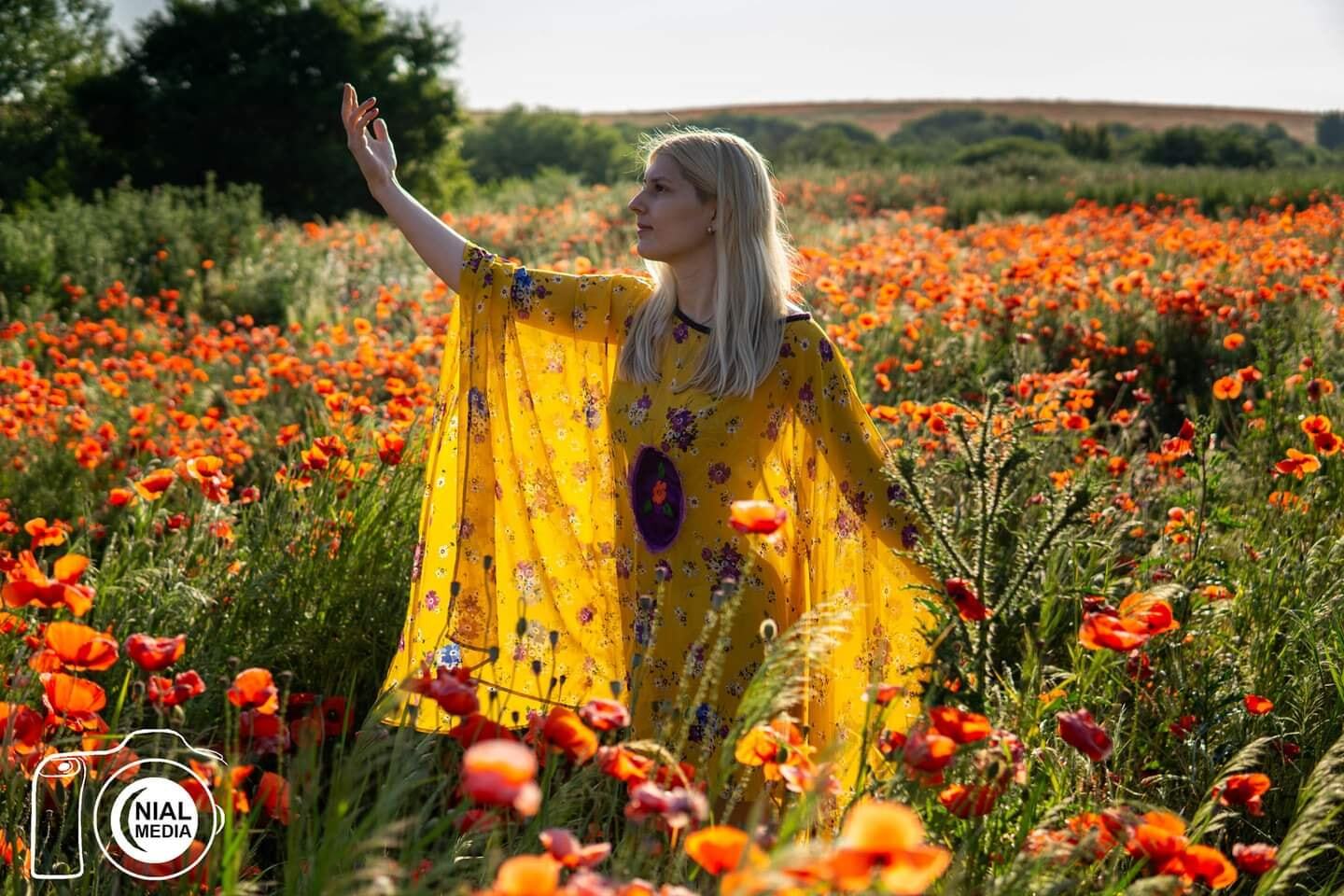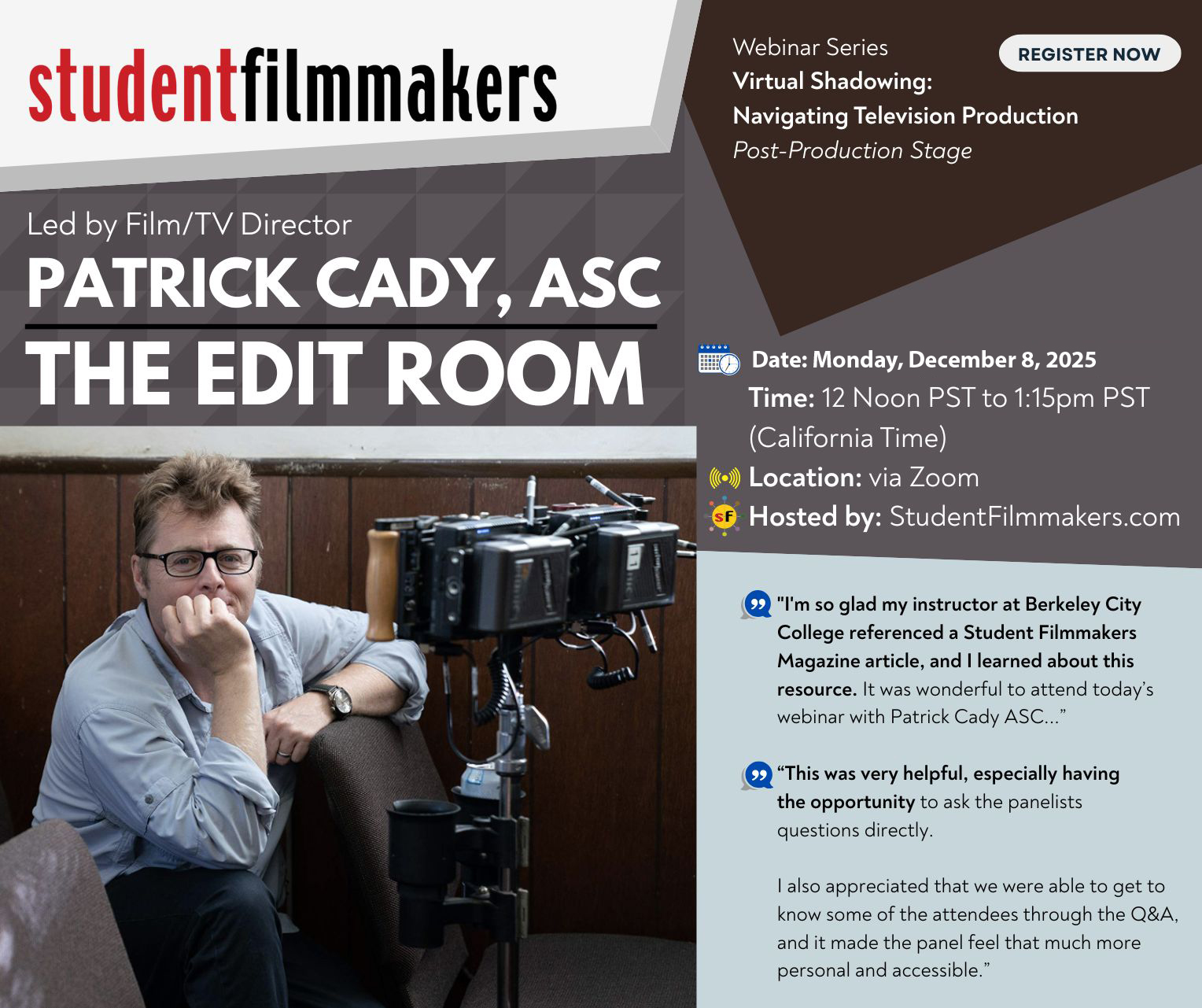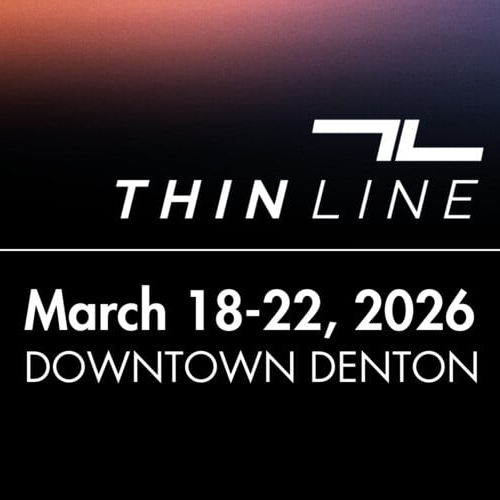
Classified
Classified
Classified
Blog Photo
Forum Phot
Cover Phot
Profile Ph

Nothing has been posted here yet - be the first!
🎬 New Date Announced!
Join us for an exclusive Virtual Shadowing experience: Navigating Television Production - Post-Production Stage with Emmy-nominated Director and Cinematographer Patrick Cady, ASC!

📅 Saturday, December 8, 2025
⏰ 12 Noon to 1:15pm PST
📍 Live on Zoom
Hosted by StudentFilmmakers.com
Step inside The Edit Room and learn directly from one of the industry’s most respected creatives. Get insights, ask questions, and connect with a supportive filmmaking community.
⭐ Real feedback from past attendees:
“Very informative, personal, and encouraging. I’ll definitely attend more webinars!”
Seats fill quickly - don’t miss this behind-the-scenes learning opportunity.
👉 Register now:
https://www.studentfilmmakers.com/product/live-webinar_director-patrick-cady-asc_the-edit-room_studentfilmmakers-com/

FOR IMMEDIATE RELEASE
DENTON, TX — Thin Line Fest — Texas’ longest running documentary film festival — has officially opened submissions for its 2026 Documentary Film Program. The submission window runs October 1, 2025 through January 20, 2026.
Thin Line Fest is built for nonfiction filmmakers who want real audiences, real context, and a large-format theatrical exhibition environment; not low-stakes digital feed consumption.
Every accepted documentary screens inside a historic downtown theater with high-touch production, premium projection, and a room full of humans experiencing non-fiction cinema together.
Fees increase at each deadline tier. Students receive 50% off across all deadlines.
Thin Line Fest takes place in Denton, Texas: a cultural-heavy, artist-forward, university-driven, independent city strategically located in the fast-ascending North Texas I-35 creative corridor.
Thin Line Fest is the only U.S. festival that fully integrates Documentary Film + Music + Photography as co-equal pillars; resulting in uniquely high value cross-medium audience attention, crossover fanbase transfer, and deeper long-tail discovery.
Selected documentary filmmakers receive:
This is not an assembly-line festival experience. This is a curated, built-for-humans, built-for-art, built-for-outcomes festival environment.
2026 is a stress test year for mid-tier festivals nationwide. Many will not operate or will collapse inward into digital-only. Thin Line is scaling in the opposite direction.
We are doubling down on in-room, present-tense cinematic experiences. We are increasing investment into nonfiction filmmakers, not cutting it.
Thin Line Fest curates documentary films with cultural stakes, identity clarity, point of view, rigor, and artistic consequence. We prioritize films that permanently shift perception, not films that temporarily amuse.
Thin Line Fest accepts:
Works-in-progress are accepted if you expect to be exhibition-ready at festival date.
Thin Line Fest invests in:
Thin Line Fest uses FilmFreeway exclusively. Submit directly here: https://filmfreeway.com/ThinLine
Media / Press / PartnershipMedia Contact
[email protected]
Denton, Texas: Thin Line Fest, the longest running documentary film festival in Texas, returns March 18 to 22, 2026, bringing together filmmakers, musicians, and photographers for five days of creativity, discovery, and connection.

Known for celebrating stories that live in the in-between, Thin Line Fest explores the liminal spaces where sound meets vision, friction meets harmony, and truth meets imagination. This year’s festival promises an even more immersive experience with citywide film screenings, music performances, curated panels, pop up visual art installations, and mini workshops that invite attendees to dive deeper into the intersection of art and storytelling.
Filmmakers are now invited to submit their work through FilmFreeway. Categories include:
Best Overall Feature Documentary
Best Overall Short Documentary
Emerging Filmmaker
Best Cinematic Vision (Feature Documentary)
Best Student Documentary (open to students of all ages and levels)
Best “Sound on Screen” (films centered on music, sound, or musicians)
Best Music Video
Best Local Music Video (for DFW based filmmakers or bands)
Submission Deadlines:
Regular Deadline: November 30, 2025
Late Deadline: December 31, 2025
Extended Deadline: January 20, 2026
Notification Date: January 22, 2026
Festival Dates: March 18 to 22, 2026
Location: Downtown Denton, Texas
Cash prizes and sponsored awards will be presented at the festival or shortly after. Winners may also receive certificates of credit mailed from award sponsors within two to three weeks after the festival.
Beyond screenings, Thin Line Fest 2026 invites creators and audiences to connect through conversations, live Q and A sessions, and performances by world class musicians. It is a place where documentary film, sound, and photography intersect, and where every submission contributes to that dialogue.
Photographers can submit their work at artcall.org to be featured in the visual art exhibitions throughout the festival.
Submit your film today and be part of the story that defines the Thin Line, where art and truth collide.
For rules, terms, and complete submission details, visit FilmFreeway.com/ThinLine.
Contact:
Thin Line Fest
1501 South Loop 288, Suite 105, PMB 147
Denton, Texas 76205
United States
At our community we believe in the power of connections. Our platform is more than just a social networking site; it's a vibrant community where individuals from diverse backgrounds come together to share, connect, and thrive.
We are dedicated to fostering creativity, building strong communities, and raising awareness on a global scale.